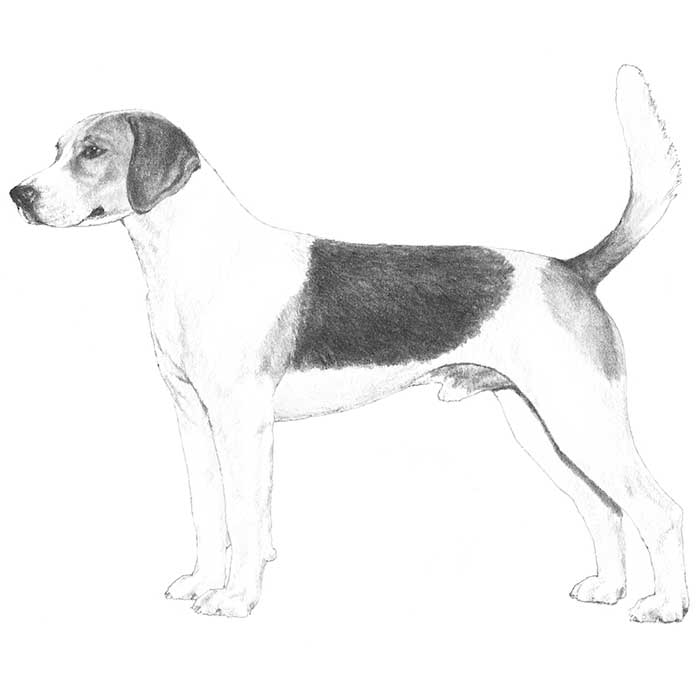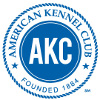
Somewhat resembling a Beagle with a gym membership, Harriers are larger, more powerful hounds than their diminutive cousin—but smaller than the English Foxhound, a breed used in their development. Standing between 19 and 21 inches at the shoulder, Harriers have the timeless look of a working pack hound: a short, smart-looking coat; low-set, velvety ears; an irresistibly sweet face; and enough muscle and sinew to endure a long day’s hunt. A well-built Harrier will cover ground with a smooth, efficient gait.
- The oldest work on hare hunting dates back to the ancient Greek historian Xenophon about 400 B.C. The Harrier, as he exists today, was unknown in Xenophon’s time. The great English authority on all breeds, Stonehenge, was a little mystified by the origin of the Harrier.
- The first pack of Harriers in England was the Penistone, which was established by Sir Elias Midhope in 1260.
- The theory he advances rather cautiously is that it springs from the old Southern hound, with an infusion of a little Greyhound blood.
- These Harriers were held together for at least five centuries. Hunting the hare has always had great popularity throughout the British Isles.
- This enlisted the interest of many, and among the hundred-odd packs that hunted regularly in England over half a century ago, many were scratch packs.
- One great cause of its popularity was that a pack of Harriers could be followed on foot.
- A scratch pack was made up of hounds owned by various individuals-thus bringing the sport down to the level of the poorer man.
- Despite all stories of the ancient origin of Harriers, it is the general belief that the dog of today is merely a smaller edition of the Foxhound, and that he has been bred down from the larger hound by selective breeding.
- Harriers have been known in the United States as long as any of the scent-hound breeds, and they have been used for hunting since Colonial times.
- With the exception of size, the Harrier is the external replica of the Foxhound.
The above text and image © 2017 American Kennel Club.
